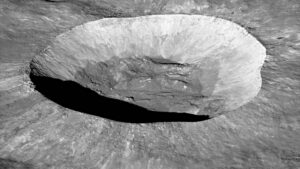It might have fallen asleep on an iceberg, says biologist
Strollers on the southwest coast of Ireland could hardly believe their eyes on Sunday when a walrus hauled itself wearily out of the water and lay down on the rocks to rest after its long swim from Greenland or northern Canada.
“I thought it was a seal at first, and then we saw the tusks,” said Valentia Island resident Alan Houlihan, who first spotted the lost animal. “He was gi-normous, about the size of a bull.”
Marine biologist Kevin Flannery suggests that the juvenile walrus might have fallen asleep on an iceberg and drifted far offshore. By the time it reached Ireland, it was so exhausted that it ignored the stir that its presence was causing. It would not have eaten during its long swim, because it finds its food, mostly mollusks, in the shallows.
The walrus was resting on a rock that was well-known enough to have a local Gaelic name: Leac an Éisc, meaning fish rock.
“He’s easily our most famous visitor since the tetrapod came to Valentia and left his footprints on the rock more than 385 million years ago,” says resident Liam Lynch.
Although unusual, 11 other walrus have managed to reach the shores of Ireland since the first record in 1897.
Melanie Croce, executive director of the charity Seal Rescue Ireland, says that an increasing number of arctic mammals are turning up on these shores. “In the last year, there was a ringed seal and a hooded seal,” she says. “These are animals that are living on pack ice and are losing their homes.”
By Monday, the long-traveling walrus had vanished, leaving well-wishers hopeful that it was foraging for food. But biologists caution that it is not likely to survive long-term so far from home.






